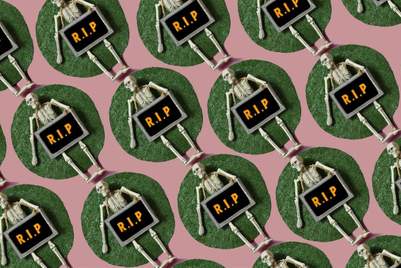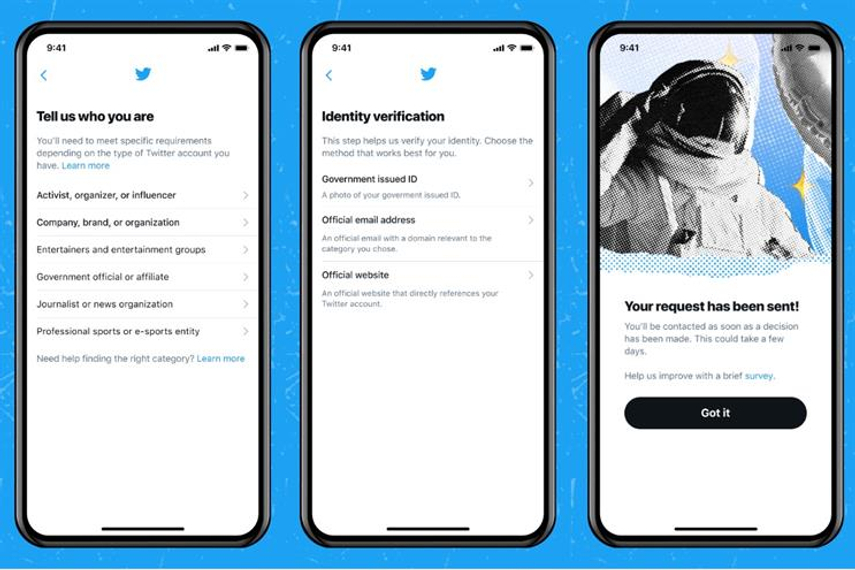
Twitter has reintroduced account verification—bringing back the blue tick—after a consultation shaped by public feedback.
Designed to help users validate the authenticity of accounts which are of high public interest, the verification scheme has been on hold for three-and-a-half years, but began rolling out again from Thursday (20 May).
Twitter said the pause was because the blue tick was being seen by some as an endorsement of some individuals by the company. At the time, the company said: “We gave verified accounts visual prominence on the service which deepened this perception. We should have addressed this earlier but did not prioritise the work as we should have.”
Verification was meant to authenticate identity & voice but it is interpreted as an endorsement or an indicator of importance. We recognize that we have created this confusion and need to resolve it. We have paused all general verifications while we work and will report back soon
To qualify for verification under the new rules, users must fit the criteria of one of the following categories: government, companies, brands and organisations, news organisations and journalists, entertainment, sports and gaming, activists, organisers and other influential individuals.
The company plans to introduce more categories later in the year, including those for scientists, academics and religious leaders. To stay up to date with verification, users are urged to follow @Verified.
Verified badges from accounts which no longer meet the updated criteria for verification, such as those which are inactive or incomplete, will be removed automatically.
In a blog post announcing the change, the company said: “It gives people on Twitter context about who they’re having conversations with so they can determine if it’s trustworthy, which our research has shown leads to healthier, more informed conversations.”
(This article first appeared on CampaignLive.co.uk)


.jpg&h=334&w=500&q=100&v=20250320&c=1)
.jpg&h=334&w=500&q=100&v=20250320&c=1)
.jpg&h=334&w=500&q=100&v=20250320&c=1)




.jpg&h=334&w=500&q=100&v=20250320&c=1)


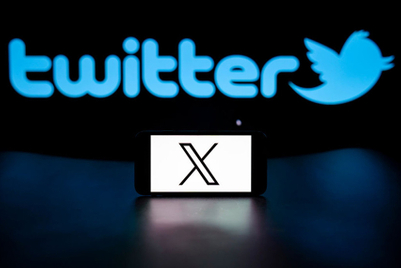
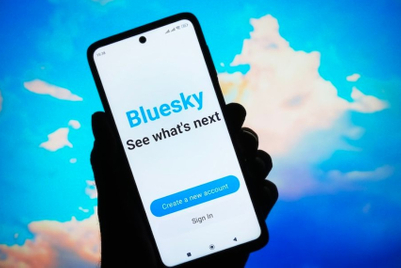
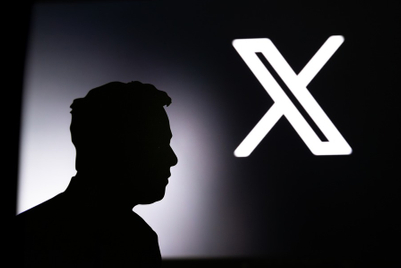
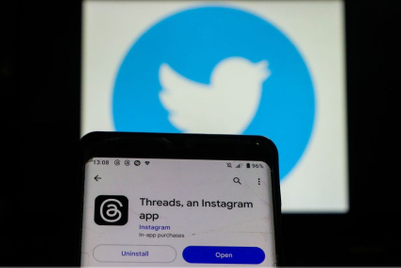
.jpg&h=268&w=401&q=100&v=20250320&c=1)


